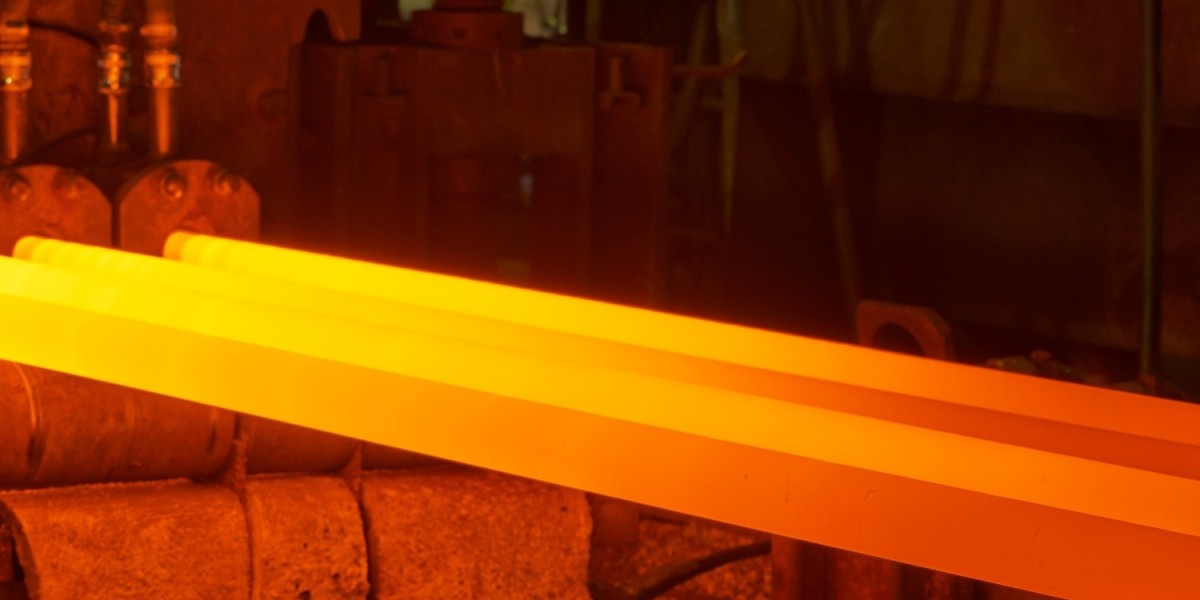Cast iron, a time-honored material known for its strength, durability, and excellent heat retention, has been a cornerstone in various industries for centuries. From ancient cooking tools to modern machinery, cast iron metal continues to play a pivotal role in our daily lives. This guide explores the fascinating journey of cast iron metal, its distinctive properties, and its diverse applications in today's world.
History of Cast Iron
Cast iron's history dates back to the 5th century BC in China, where it was initially used for creating agricultural tools and weapons. The material's usage spread across the globe, reaching Europe during the Middle Ages. By the 18th century, cast iron had become integral to the Industrial Revolution, facilitating advancements in machinery, construction, and transportation.
Composition and Properties
Cast iron is an iron-carbon alloy with a carbon content greater than 2%. The high carbon content gives it a range of beneficial properties:
- Hardness and Durability: Cast iron is renowned for its hardness and wear resistance, making it suitable for heavy-duty applications.
- Heat Retention: It retains and distributes heat evenly, ideal for cooking and industrial processes.
- Versatility: Cast iron can be cast into complex shapes, accommodating intricate designs and structures.
- Corrosion Resistance: It is less prone to rust compared to pure iron, especially when treated with protective coatings.
There are several types of cast iron, each with unique characteristics:
- Gray Cast Iron: Known for its excellent machinability and thermal conductivity, it is commonly used in engine blocks and cookware.
- White Cast Iron: Extremely hard and wear-resistant, suitable for abrasive conditions.
- Ductile Iron: Combines the strength of steel with the ease of casting, used in automotive components and pipelines.
- Malleable Iron: Offers good ductility and toughness, often used in small, thin-walled castings.
Modern Applications
Cast iron's versatility ensures its continued relevance across various sectors:
- Cookware: Cast iron pans, skillets, and Dutch ovens are celebrated for their superior cooking performance. They offer even heat distribution and excellent heat retention, perfect for frying, baking, and slow-cooking.
- Construction: Used in architectural elements like columns, pipes, and facades, cast iron provides structural integrity and aesthetic appeal.
- Automotive Industry: Engine blocks, brake rotors, and suspension components are often made from cast iron due to its strength and wear resistance.
- Machinery: Industrial machines, heavy equipment, and agricultural tools frequently incorporate cast iron parts, benefiting from its durability and machinability.
- Piping: Cast iron pipes are favored for their longevity and resistance to pressure, commonly found in water and sewage systems.
Maintenance and Care
Proper care is essential to maximize the lifespan of cast iron metal products:
- Seasoning Cookware: For cast iron cookware, seasoning is crucial. Coat the surface with oil and heat it to create a non-stick, rust-resistant layer.
- Regular Cleaning: Avoid harsh detergents; instead, use mild soap and water. For stubborn food residue, use a stiff brush or scraper.
- Rust Prevention: Keep cast iron dry and apply a thin layer of oil after cleaning to prevent rusting.
- Inspection: Regularly inspect cast iron components for signs of wear or damage, especially in structural and mechanical applications.
Conclusion
Cast iron metal, with its rich history and robust properties, remains an invaluable material in both traditional and modern contexts. Whether in the kitchen, on the construction site, or within industrial machinery, cast iron metal resilience and versatility ensure its continued importance in our lives. Embracing proper care and maintenance practices will ensure that cast iron products serve their purpose efficiently for generations to come.








